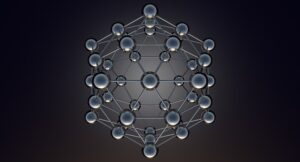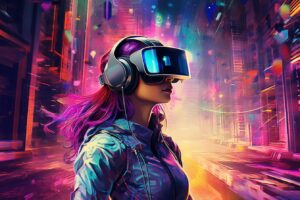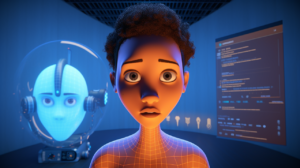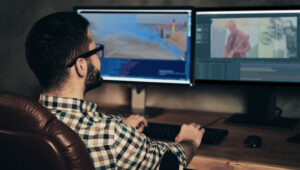Decoding the Magic: A Behind-the-Scenes Look at the Mechanics of 3D Product Animation
Ever wondered about the wizardry behind those mesmerizing 3D product animations that bring products to life on your screen? It’s not just about eye-catching visuals; it’s a meticulous process that combines artistry and technology to create an immersive experience. Let’s take a peek behind the curtain and unravel the mechanics of 3D product animation.
Modeling Mastery
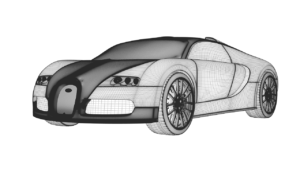
At the heart of every 3D product animation lies the art of modeling. Skilled artists meticulously craft detailed 3D models of the product, paying attention to every curve, texture, and nuance. This digital representation serves as the foundation for the entire animation, capturing the essence of the physical product in a virtual realm.
Texturing and Shading Sorcery
Once the model is in place, the magic continues with texturing and shading. Artists apply high-resolution textures to simulate materials realistically. Whether it’s the sleek shine of polished metal or the soft touch of leather, these digital textures breathe life into the 3D model, making it indistinguishable from its real-world counterpart.
Rigging and Animation Choreography
Now, it’s time to make our product dance, so to speak. Rigging, the digital equivalent of puppet strings, allows animators to control the movement of various parts of the product. This meticulous process involves creating a skeletal structure within the 3D model, enabling fluid and realistic movements. From the subtle opening of a drawer to the complex mechanisms of a device, rigging sets the stage for animation choreography.
Lights, Camera, Action!

Just like a film set, 3D product animation requires careful consideration of lighting and camera angles. Lighting effects add depth and dimension to the scene, enhancing the overall visual appeal. The virtual camera becomes the storyteller, capturing the product from strategic angles to showcase its features and functionality. It’s a dance between light and lens that elevates the animation to a cinematic experience.
Rendering Wizardry

With all the elements in place, it’s time for the grand finale – rendering. This process involves transforming the digital information into the stunning visuals you see on your screen. It’s a computational feat that requires significant processing power, but the result is a lifelike animation ready to captivate audiences and showcase products in ways that traditional media cannot.
Tech-Savvy Innovations
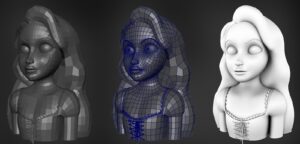
As technology evolves, so does the world of 3D product animation. Real-time rendering, virtual reality integrations, and AI-driven enhancements are pushing the boundaries of what’s possible. These innovations not only streamline the animation process but also open doors to even more interactive and personalized experiences for consumers.
In conclusion, the enchanting world of 3D product animation is a symphony of creativity and technology. From the meticulous crafting of digital models to the high-tech wizardry of rendering, every step in the process contributes to creating captivating visuals that breathe life into products. As technology continues to evolve, so too will the possibilities, ensuring that 3D product animation remains at the forefront of visual storytelling in the digital era.


